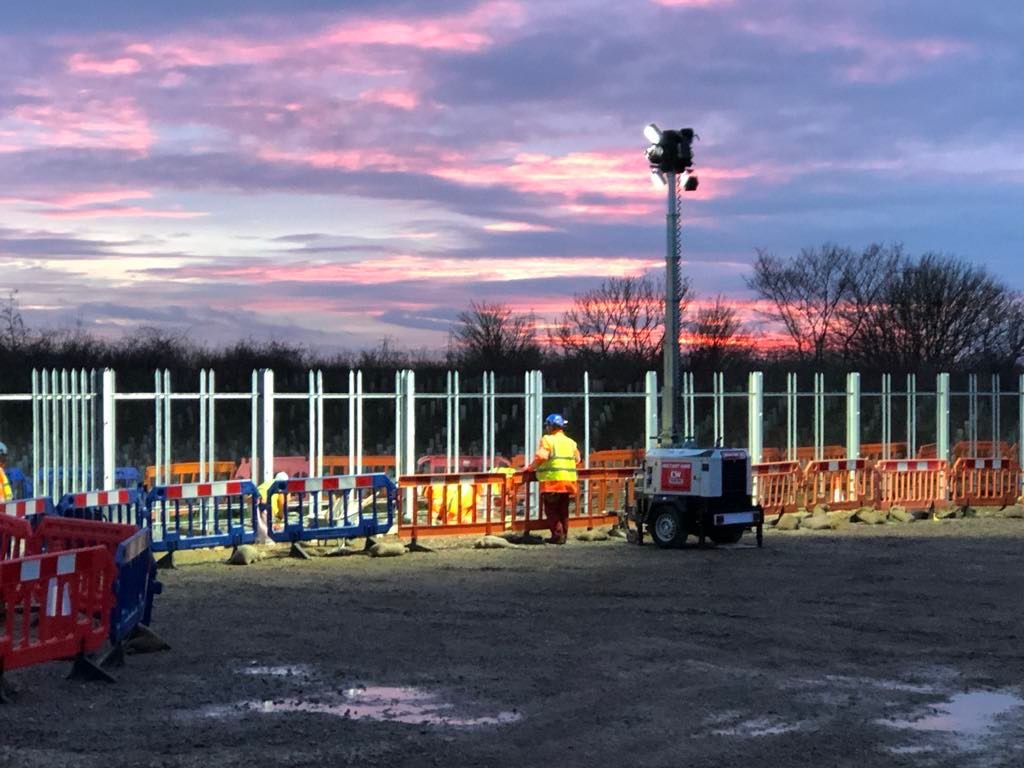The Future of Smart Grids in Power Distribution

In recent years, the concept of the “smart grid” has been transforming the power distribution sector. Smart grids use digital technology to monitor and manage the flow of electricity from power plants to end-users, enhancing efficiency, reliability, and sustainability. By integrating data-driven insights, smart grids can anticipate peak usage times, identify outages, and even balance loads in real time to prevent overloading.
One of the key benefits of smart grids is their ability to support renewable energy sources, such as solar and wind. As more businesses and homes install solar panels, smart grids can effectively manage the fluctuating energy contributions from these sources, integrating them seamlessly with the traditional grid. This not only reduces our dependence on fossil fuels but also promotes a more resilient and adaptable power system.
Furthermore, smart grids empower consumers with greater control over their energy use. Through smart meters, users can track their electricity consumption in real-time, identify peak usage hours, and adjust their habits to save on energy costs. This level of transparency is increasingly valuable for businesses and homeowners alike, making energy management a collaborative effort between providers and consumers.
As the demand for sustainable energy solutions grows, smart grids will play a crucial role in shaping the future of power distribution. For those in the industry, now is the time to invest in this innovative technology, ensuring that the infrastructure is in place to support the evolving needs of tomorrow’s energy landscape.
